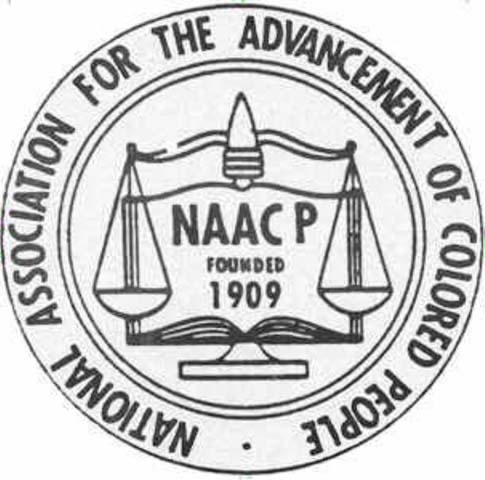Minister and civil rights activist Robert W. Bagnall served as Director of Branches of the National Association for the Advancement of Colored People (NAACP) during the organization’s first significant period of growth in the early 20th century. A graduate of Bishop Payne Divinity School in Petersburg, Virginia, Bagnall presided over several African Methodist Episcopal (AME) congregations along the Atlantic seaboard before arriving at Detroit’s St. Matthews AME Church in 1911. At St. Matthews, he earned a reputation as both a committed religious leader and community activist. One of the founding members of Detroit’s branch of the NAACP, Bagnall went on to serve as a regional NAACP recruiter before being appointed as national Director of Branches between 1921 and 1932.
Like many other black civic leaders of the era, Bagnall mixed protest against racism with a vision of “racial uplift.” As a spokesperson for the Detroit NAACP branch in the 1910s, he denounced the growth of segregation and discrimination that appeared in the wake of expanded black migration to the North while seeking to promote migrants as loyal, responsible industrial workers. Throughout the early 20th century, Bagnall remained optimistic that black migration northward had politically invigorated African American protest politics.
Bagnall’s work in the Detroit branch of the NAACP brought him increasing recognition in the organization and after briefly serving as a regional recruiter for the Midwest, he moved to New York to serve as national Director of Branches in 1921. Bagnall’s new position was part of a larger promotion of black leadership in the NAACP during these years, a development which included the appointment of William Pickens as national recruiter and James Weldon Johnson to the top position as Secretary. During the 1920s the organization launched an anti-lynching campaign and several important legal challenges to Jim Crow while promoting black cultural expression through arts and literature. Bagnall supported such developments by building a strong branch network through recruiting and fund raising.
While most of his work with the NAACP concentrated on institutional growth, Bagnall also emerged as one of the most vitriolic public critics of Marcus Garvey and the United Negro Improvement Association (UNIA) in the mid-1920s. Denouncing black nationalism as “race arrogance,” Bagnall charged that Garvey was a demagogue solely seeking personal gain. Garvey himself later blamed Bagnall and other black critics complicit in his conviction on mail fraud charges in 1923.
Despite the expansion of branches in the 1920s, the NAACP found itself struggling to survive during the economic crisis of the Great Depression. By the end of 1932, Bagnall resigned from his position as Director of Branches as the organization cut staff and salaries. The last ten years of his life were spent in Philadelphia as rector of the St. Thomas African Episcopal Church.
Bagnall died in Philadelphia in 1943.

